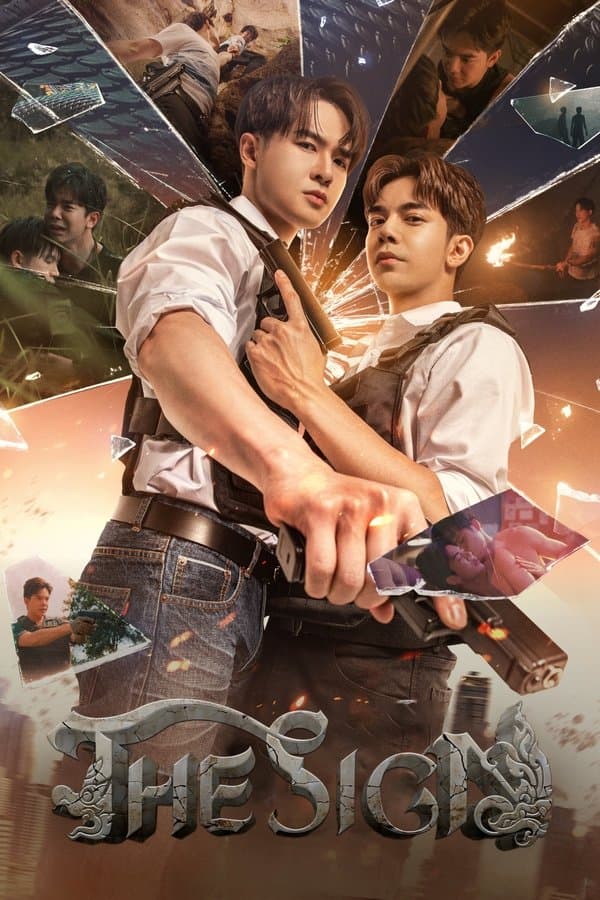
The Sign
2023 • Action & Adventure, Drama, Mystery, Sci-Fi & Fantasy
Two men join a high-stakes special ops team to solve supernatural crimes, while a hidden connection from their past lives complicates everything.
Why you should read the novel
Reading the novel 'The Sign' by Øystein Stene offers a far more intimate and immersive exploration of the characters’ internal worlds and psychological struggles than the TV series ever could. With its evocative prose and richly detailed settings, the book’s slow-burn tension draws you deeper into themes of isolation, mystery, and the complexity of human motivation. Stene’s writing style allows for nuanced storytelling, capturing subtleties and atmospheres that are often lost or condensed in visual adaptations.
The book also grants readers access to extensive backstories and inner monologues, giving characters greater depth and believability. The details and philosophical undertones built into the novel encourage more thoughtful reflection on the moral questions raised, unlike the series, which often prioritizes visual drama. Choosing to read the source material will let you appreciate the unfiltered vision of the author and the intricacies of pacing and tone he originally intended.
Finally, 'The Sign' in its original book form allows for personal interpretation of the mysterious events and ambiguous symbolism littered throughout the plot. Rather than having answers handed to you as in a TV show, you become an active participant in unraveling the enigma, making the reading experience both intellectually and emotionally rewarding.
Adaptation differences
One of the main differences between the TV series and the book is the alteration of certain character arcs. In the adaptation, some characters are either omitted or amalgamated, and their backgrounds are modified to serve the visual narrative and pacing of the series. This leads to less nuanced development, especially of minor characters, whose inner thoughts and motivations are much more thoroughly explored in the novel.
The tone of the TV adaptation is also noticeably more action-oriented and dramatic compared to the slower, introspective, and philosophical atmosphere of the novel. Where the book spends considerable time on the protagonist’s psychological depth and existential questions, the series often substitutes suspenseful music, rapid scene changes, and visual cues to maintain a quicker pace, which changes the overall impact for the viewer.
Additionally, several subplots and supporting themes that are crucial in the book are minimized or left out entirely in the TV adaptation. The philosophical exploration of the concept of ‘the sign’ itself is more ambiguous and symbolic in the novel, whereas the series tends to provide concrete explanations, lessening the open-ended mystery that is central to the book’s allure.
Finally, the ending in the TV adaptation is notably different from the book’s conclusion. The series opts for a clearer, more closure-driven finale, resolving several plot points that in the novel remain open to interpretation. This change arguably sacrifices the haunting ambiguity and thought-provoking uncertainty that make reading the novel a uniquely profound experience.
The Sign inspired from
The Sign
by Øystein Stene










